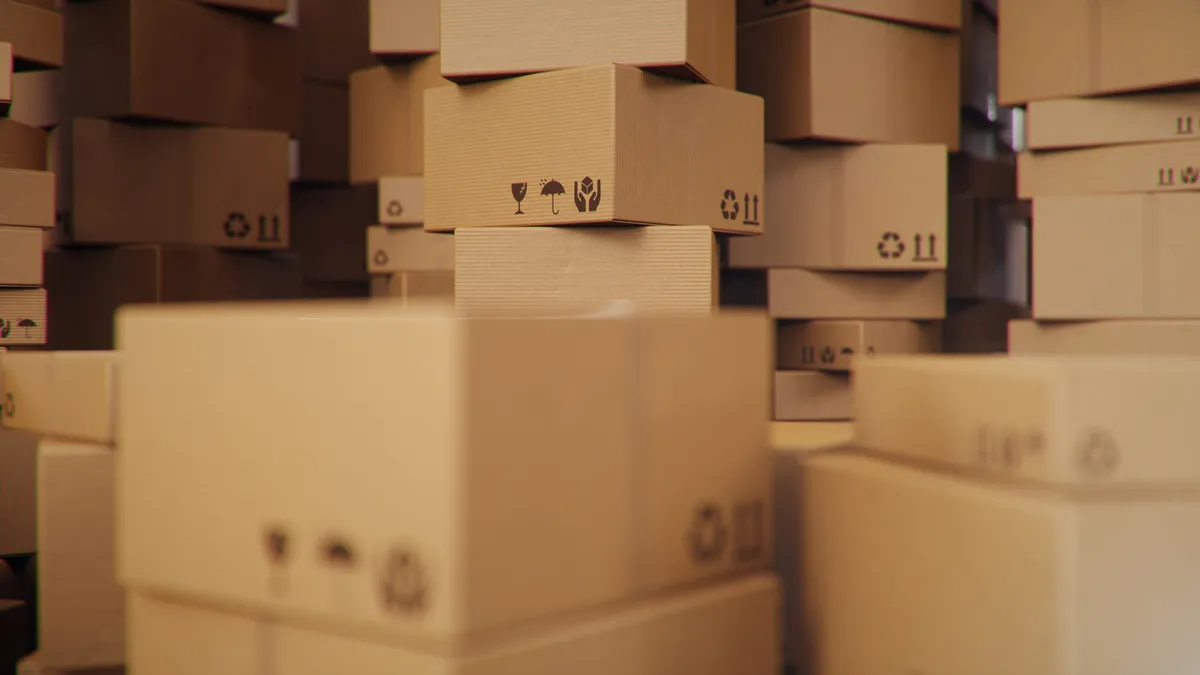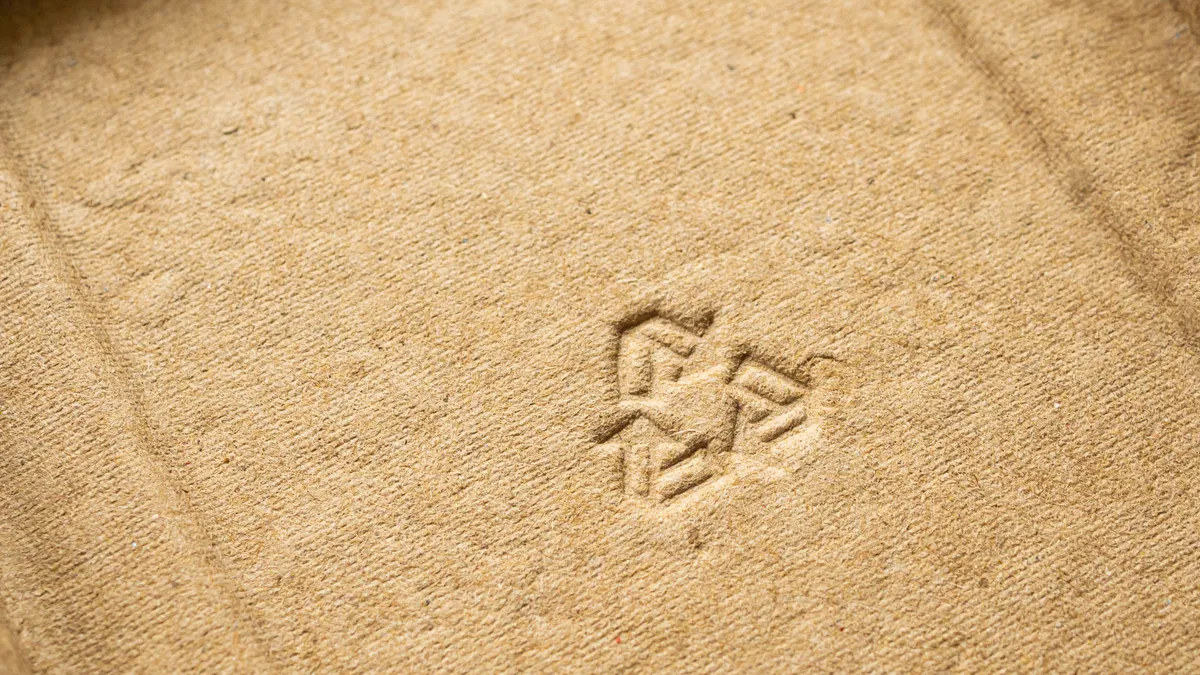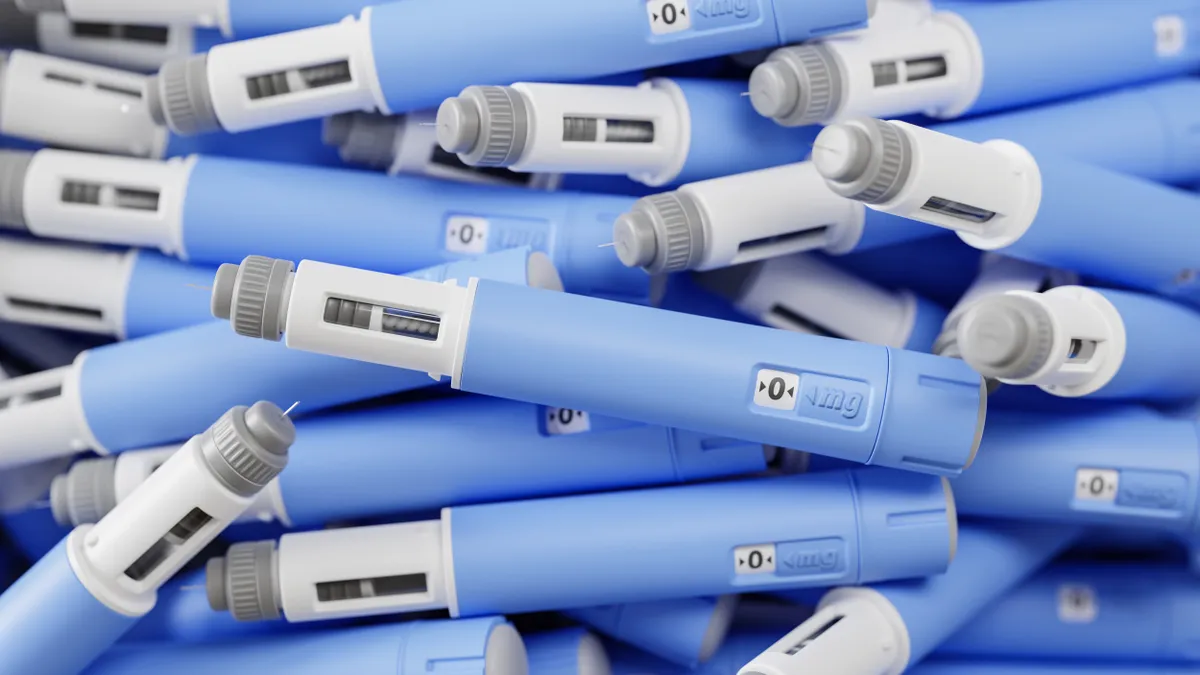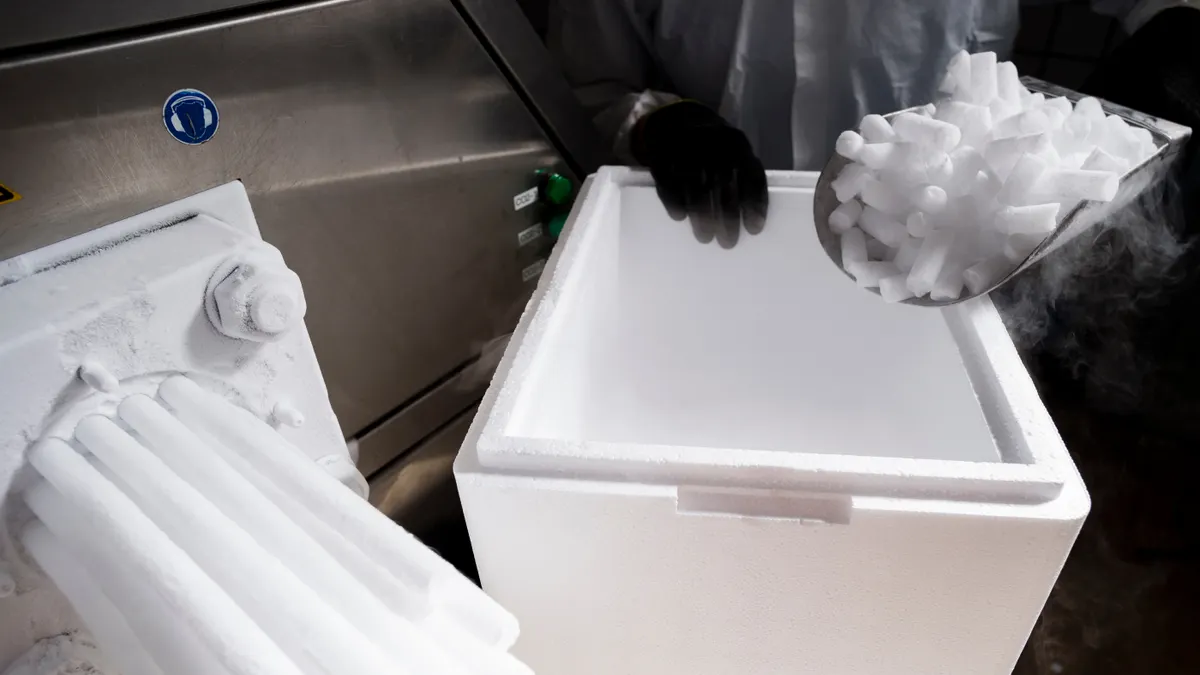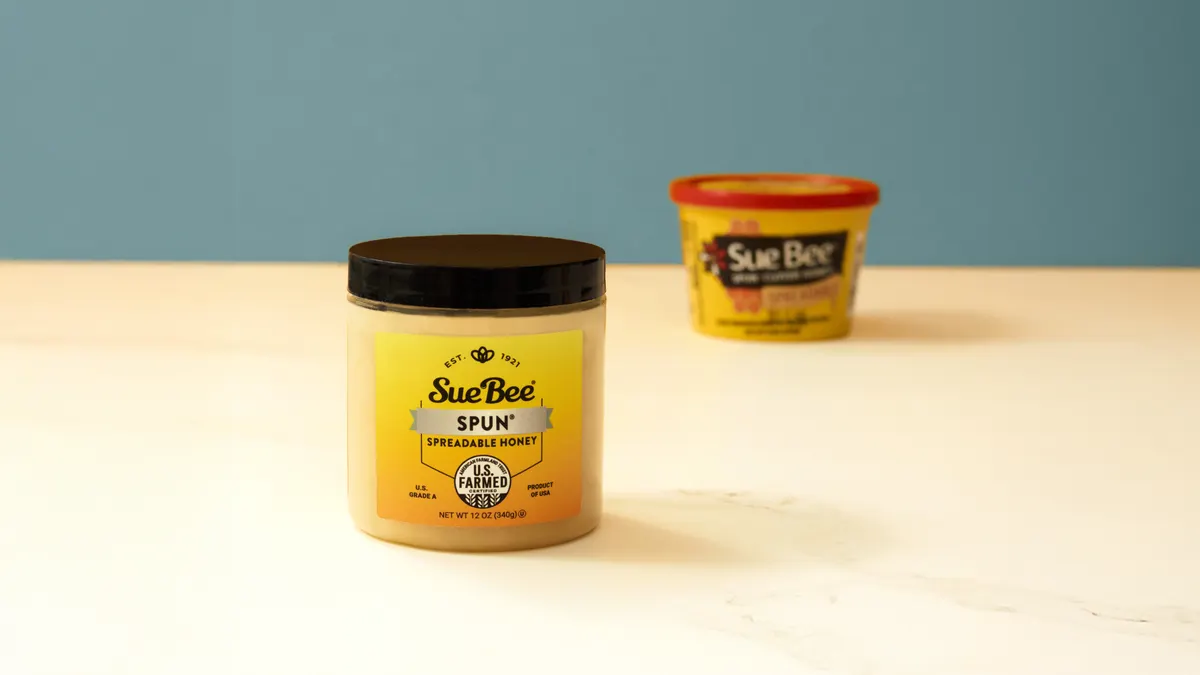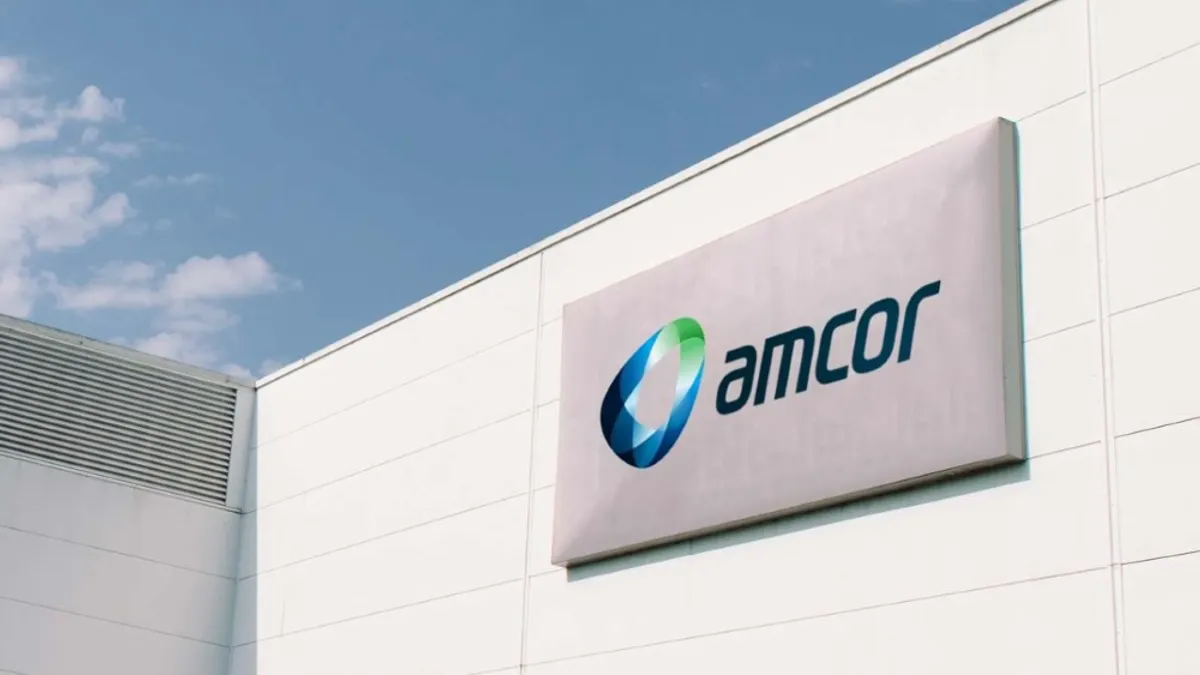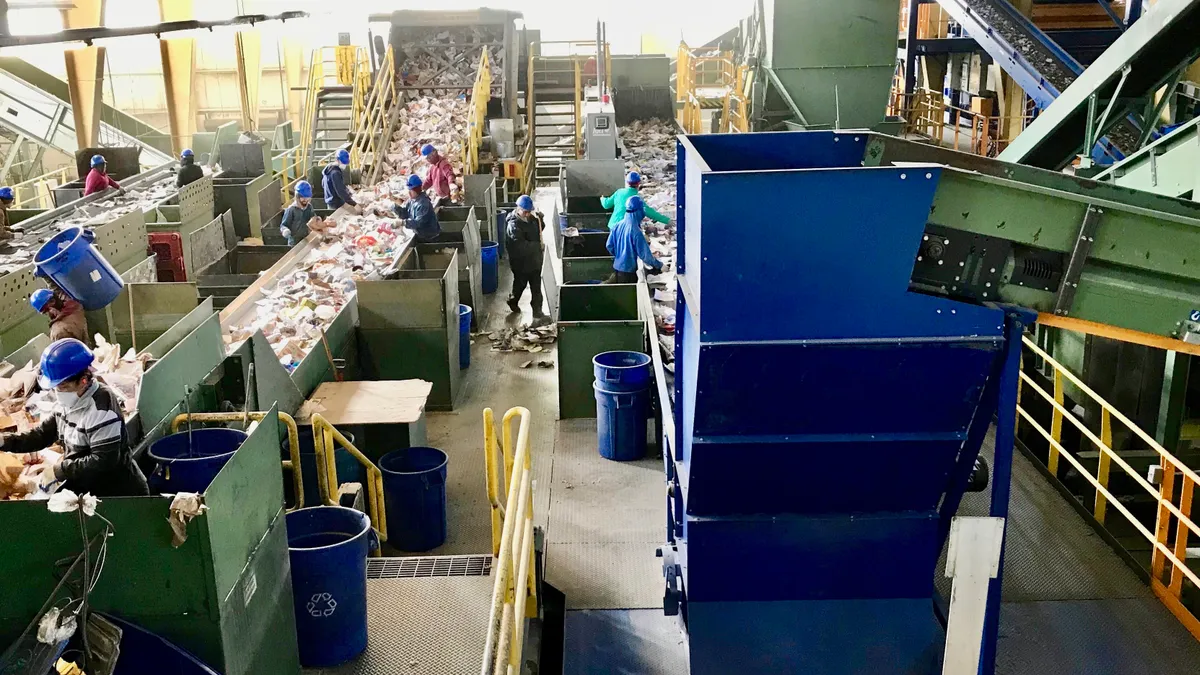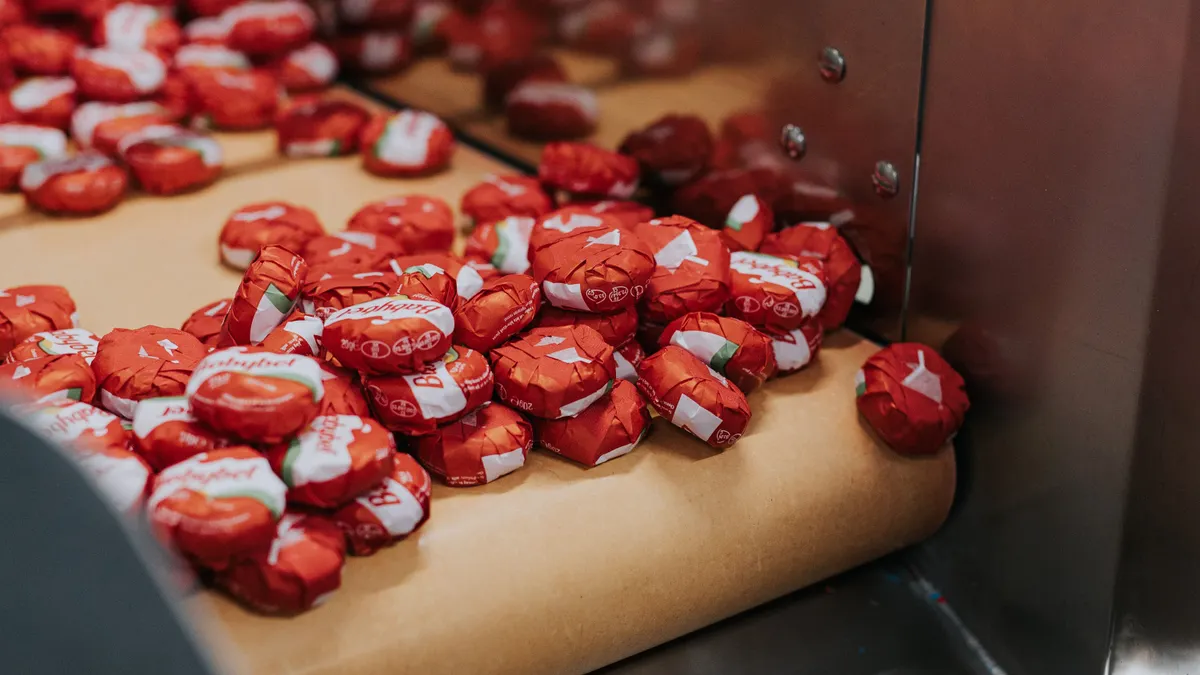Forrest Gump famously referenced life's uncertainty with an analogy to a box of chocolates. A similar comparison could be made now for containerboard and box markets: "You never know what you're gonna get."
A sustained down cycle for fiber markets could soon end, in part due to this year’s uncommonly large containerboard capacity reductions and a milder-than-feared tariff environment, analysts cautiously suggest.
“Time will tell, but this complexion of results suggests that we are approaching an inflection (hopefully positive) based on our experience,” said George Staphos, BofA Securities research analyst, in the group's most recent box survey results, released Sept. 11.
The capacity reductions could help to rebalance supply and demand, correcting a yearslong oversupply that has plagued both North American and global markets. Yet improvements are not expected to be robust or materialize quickly, analysts say.
RaboResearch expects containerboard demand to experience a "modest" recovery, with a 0.53% compound annual growth rate through the second quarter of 2027.
Respondents to BofA's box survey expect growth for the next two quarters to decrease by 0.2%, which is an improvement from the 1% decline expectations in June’s survey. This marks the first improvement since growth sentiment peaked in June 2024 at 3.2%, with five consecutive sentiment declines following, according to BofA.
Green Markets, a Bloomberg company, projects that box shipments in Q3 2025 will drop by as much as 3% year over year. It projects shipments for full-year 2025 will be down approximately 2.5% to 3%. “A lot of the commentary that we got over the third quarter so far has been surprisingly pessimistic,” said Ryan Fox, corrugated packaging market analyst at Bloomberg Intelligence.
That tracks with what multiple paper and packaging companies' executives said during recent earnings calls or events. Executives at Smurfit Westrock, Graphic Packaging International, Clearwater Paper, Sappi, Stora Enso and Sylvamo are among those who have cited demand challenges.
“We’re in a highly unusual time” of an extended period of volumes weakness, GPI CEO Mike Doss said recently.
International Paper CEO Andy Silvernail addressed economic headwinds during a Sept. 4 event, but suggested the tide might turn soon. Current demand appears “much closer to a bottom or more difficult moment now than I can imagine in the future,” he said.
Analysts generally support that theory, but still aim to temper expectations for the level of improvement on the horizon.
"I do think that the worst part of the downturn is already over," said Xinnan Li, packaging and logistics analyst at RaboResearch. "I think we are on track now for a recovery in demand. But it's not going to be a dramatic recovery."
Capacity corrections
So far in 2025, containerboard producers have announced or completed closures totaling approximately 3.9 million tons, or 9.5% of North American capacity, according to Michael Roxland, senior paper and packaging analyst at Truist Securities. That's similar to BofA Securities' estimate of a nearly 10% capacity loss over the last two years.
The data includes International Paper's Aug. 21 announcement that it would close four facilities in Georgia, including two mills, resulting in a net loss of approximately 1 million tons of annual containerboard capacity.
Certain analysts suggest at least one more major closure is possible this year. But not everyone agrees.
"I would be surprised. I mean, 3.8 million tons in one year is unprecedented. We've never seen anything like this," said Bloomberg's Fox. "And since 2023, it's 5.4 million tons. This is a really big correction."
In July, the American Forest & Paper Association reported that containerboard production dipped in Q2, by 5% year over year, and the first half of 2025, 3% year over year. Although containerboard production should show some improvement in Q4 compared to the rest of 2025, it's still expected to be low, according to pulp market intelligence and price index firm TTOBMA.
Containerboard and box demand generally declined for the better part of 30 years, with the exception of the well-known spike during the COVID-19 pandemic when consumer goods purchases surged. Box demand is down almost 12% from the pandemic high, according to Green Markets data, and producers are reworking capacity to reflect the lower demand.
TTOBMA says the capacity cuts also are part of a correction with ties to China's National Sword policy in 2017 that clamped down on recyclable material imports.
"That decision freed up millions of tons of OCC and mixed fiber for U.S. markets and triggered a surge in recycled containerboard projects," said John Litvay, partner at TTOBMA, in a memo. He cites 7 million tons of new recycled capacity coming online in the last five years.
OCC
Demand and pricing for old corrugated containers also plays into the containerboard dynamic. Containerboard producers have said high input costs contribute to the challenging market cycle, particularly for OCC, a key feedstock.
Prices for the commodity shot up 245% year over year by mid-2024, according to Truist's Roxland, but reversed course later in the year. Following relative stagnation in early 2025, prices have slid for the last four months.
With mill closures pulling containerboard capacity out of the system, OCC demand is coming into closer alignment with supply, said Chaz Miller, founder of Miller Recycling Services, via email. That realignment is also affecting OCC pricing.
Analysts expect the OCC price decline to continue for another several months, considering the weak containerboard demand and OCC consumption following.
"Low box usage in recent months will keep OCC generation in check, which means that even a modest uptick in demand could lift OCC prices by the end of the year," Litvay said.
Tariffs and trade
Many companies’ executives discussed industry impacts from tariff and trade during quarterly earnings calls. For instance, tariffs mostly haven’t affected fiber itself as much as originally feared; rather, they are affecting demand for other goods shipped in boxes.
Green Markets' contacts frequently cited tariffs as one reason for the recent slump, Fox said. And containerboard production for export dropped nearly 12% year over year as of July, according to AF&PA's data.
That said, analysts also highlight that trade outcomes could have been worse. The current 10% to 15% levies on many countries' products are considered "very mild" in comparison to "the 50% or 60%, like at the beginning of the current administration when a lot of those tariffs were announced," Li said. "Those numbers are more of a full-on trade war. We seem to have departed from that now."
As trade tensions settle out, so does the trend of companies attempting to pre-buy materials and products to avoid tariffs. RaboResearch notes that frontloaded purchasing seems to have been confined to the first half of 2025, and BofA said 67% of box survey respondents do not see signs of inventory buildups.
Correction conjecture
Generally, sources believe the downward trajectory for corrugated demand could ease in Q4.
"A September interest rate cut, combined with progress on tariff resolutions, should support better macroeconomic sentiment and stimulate box demand," said TTOBMA's Litvay.
But don't expect a V-shaped or U-shaped recovery, analysts caution. "Recovery" might look more like a plateau, at least in the short term.
“We're on a slow, very mild uphill [movement] from now, possibly through the end of 2025, going into '26," said RaboResearch's Li.
Improving conditions could open the door for a price increase. RaboResearch expects flat linerboard pricing through the first half of 2026 and a $40 per metric ton increase in mid- to late 2026. BofA targets Q1 for containerboard companies to raise their prices.
Industry observers are paying close attention to a class action price-fixing lawsuit brought against the top containerboard producers and whether it could deter more increases as the suit progresses. But multiple analysts have pointed out that producers still raised prices during another price collusion lawsuit about 15 years ago.
Further complicating the outlook, corrugated markets haven’t been functioning as economists would expect that commodity markets typically would. The industry has suffered from low demand, an oversupply and lower operating rates, which typically correlate to lower or flat prices. Yet producers pushed multiple rounds of price increases for various fiber grades in 2024, despite soft demand.
“We're in a bit of a wait-and-see period,” said Bloomberg's Fox.


